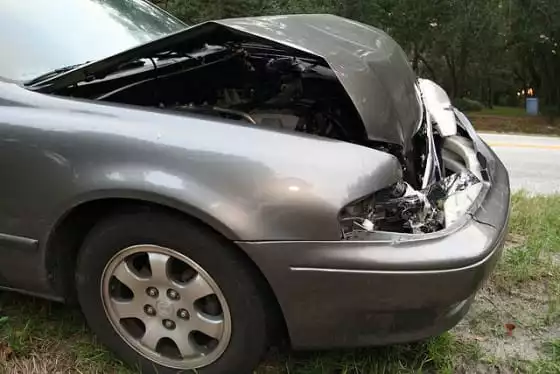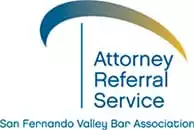California Car Insurance Law: Are You In Compliance?

That’s part of the reason you’re required by law to have car insurance. What are the rules for car insurance in California?
How Car Insurance Works
When you purchase a car insurance policy, you’ll have variety of coverage options to choose from. The more coverage you get, the more expensive your policy will be. The price will also vary by your demographic characteristics, the type of car you drive, and how much you drive. You’ll pay regular premiums in exchange for the policy. Each element of your policy will include a specific dollar amount of coverage. For example, you may have $15,000 in bodily injury coverage. That means your insurance will pay out up to $15,000 for the costs incurred if you’re involved in a wreck that hurts someone.
Generally, the insurance of the driver who causes a crash must pay for the damage done. If the other driver does not have insurance or has insufficient insurance, you may choose to pay for the remainder yourself or file a claim with your insurance. However, filing a claim with your insurance will usually make your premiums go up. If you’re hit by a driver who has no insurance or whose insurance policy doesn’t cover all of your costs, you may be able to sue in civil court for your losses. However, not all drivers will be able to pay and you aren’t guaranteed to get compensation. In other words, it’s often a good idea to get more than minimum liability coverage.
The different types of car insurance coverage include:
Liability Coverage
This is typically the minimum coverage allowed under state law. It covers the costs of bodily injury to other people and damage to other people’s property. It does not cover damage to your own property or your own injuries.
Collision Coverage
Collision coverage will pay for damage to your car caused by a crash. This type of coverage usually involves a “deductible,” which is an amount that you must pay out of pocket before the insurance kicks in. For example, say you have collision coverage with a $2,000 deductible and you’re involved in a crash that causes $5,000 in damage to your car. You’ll have to pay the first $2,000 and your insurance company will cover the rest.
Comprehensive Coverage
Comprehensive coverage includes all damage to your vehicle from causes other than accidents, such as theft or floods. Like collision coverage, comprehensive coverage typically involves a deductible.
Medical Coverage
Medical coverage pays for all medical bills incurred in an accident, regardless of who caused the crash.
Uninsured Motorist Coverage
This coverage will pay for your costs when you’re involved in a crash with a driver who has no insurance or whose insurance coverage is insufficient to cover the expenses associated with the crash.
California Minimum Insurance Requirements
State law determines the minimum car insurance coverage requirements. In California, you must carry a minimum of $15,000 in bodily injury coverage per injured person and up to $30,000 per accident. You must also have carry at least $5,000 of coverage for property damage. You may see this minimum coverage denoted as “15/30/5.”
Note that this minimum only covers injuries and damage to the other people involved in an accident. You would need to purchase additional coverage to cover damage to your car or your own injuries.
Los Angeles Minimum Insurance Requirements
Los Angeles has the same minimum insurance requirements as the rest of California – 15/30/5 coverage. However, car crashes are frequent in Los Angeles and minimum coverage may not be enough to meet your needs. For example, almost half of the crashes in Los Angeles every year are hit-and-run accidents. If you have the minimum coverage and the car that hits you gets away, you’ll have to pay for your own expenses. If you have medical or collision coverage, on the other hand, your own insurance will pick up the bill. By the same token, California is home to more than 4 million uninsured drivers, meaning you’ll be left with the bill if you’re involved in a crash.
Consequences Of Driving Without Insurance
If you’re caught driving without insurance outside the context of a crash, the penalty is a fine of up to $200 the first time. If you’re caught a second time, the penalty is a fine of up to $500 and your vehicle may be impounded – you won’t be able to get it out of impound until you pay for insurance and all the impound and storage fees.
If you’re caught without insurance in a crash, the penalties are much more severe. Your license may be suspended for up to 4 years, although you may be able to have it reinstated after 1 year with proof of insurance. Your car may be impounded, and you’ll have to show proof of insurance and pay the impound and storage fees to get it back.
Car Insurance Attorneys
Whether you’re dealing with your own insurance coverage or fighting to get compensation from the insurance of another driver, an experienced car accident attorney can help. Our car accident attorney referral service can connect you to an experienced local lawyer to help you with all your legal questions.
Image Credit and License
Are you in search for a certified attorney to represent you?
Let us help you find one today!
